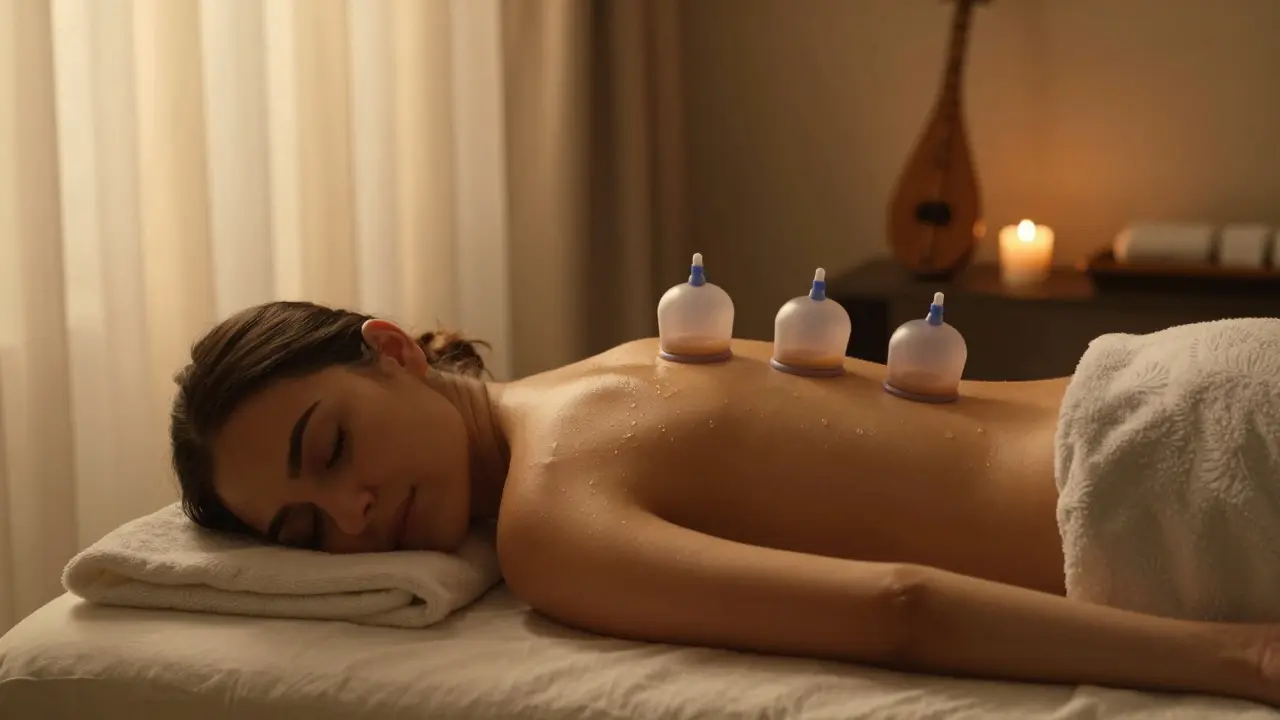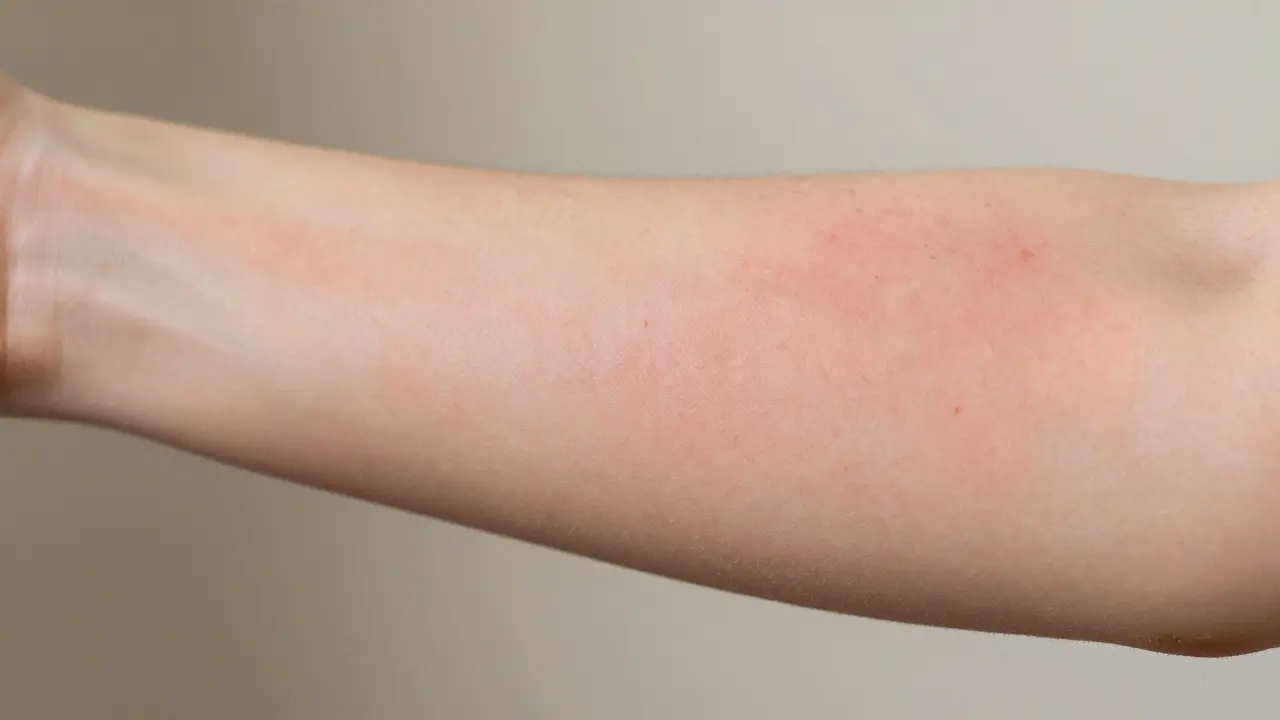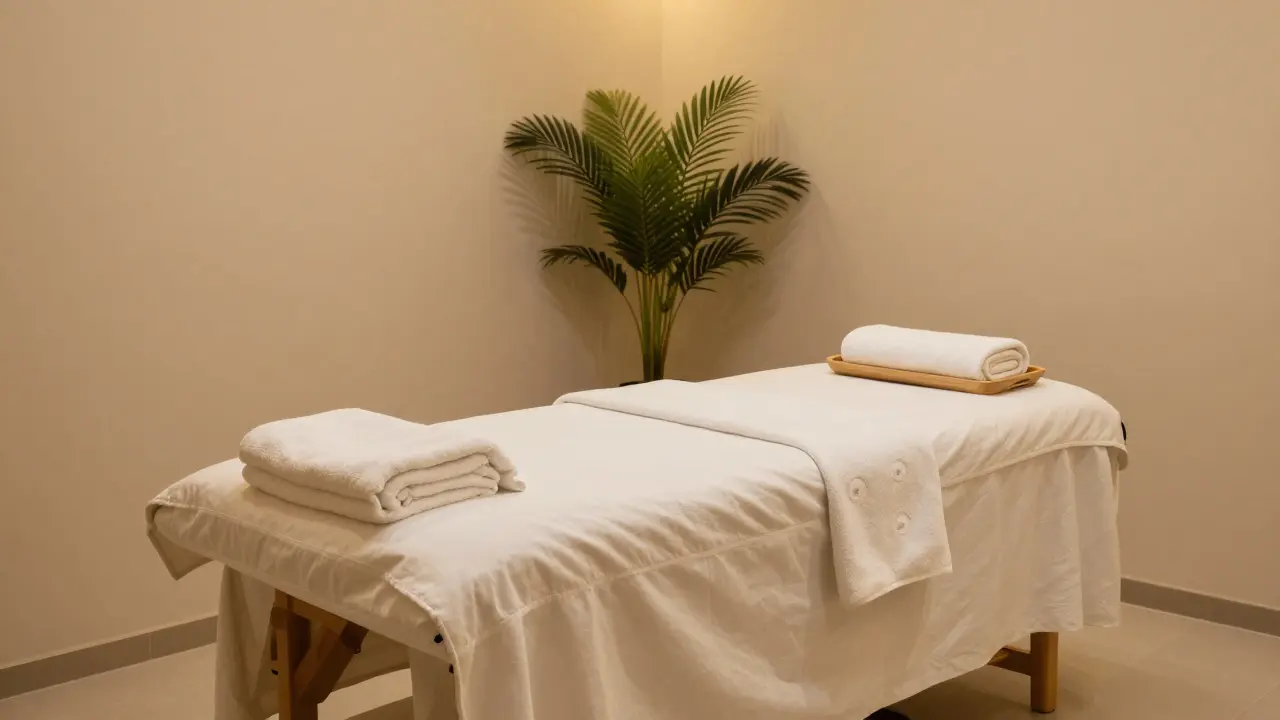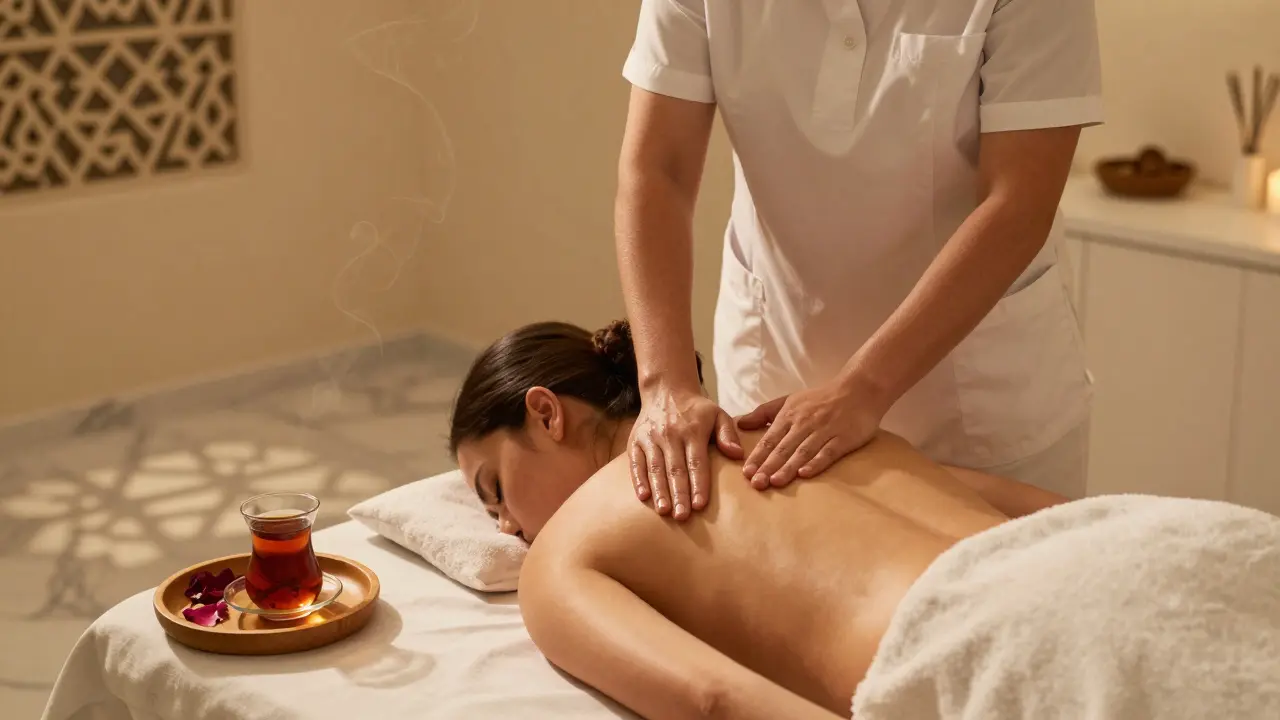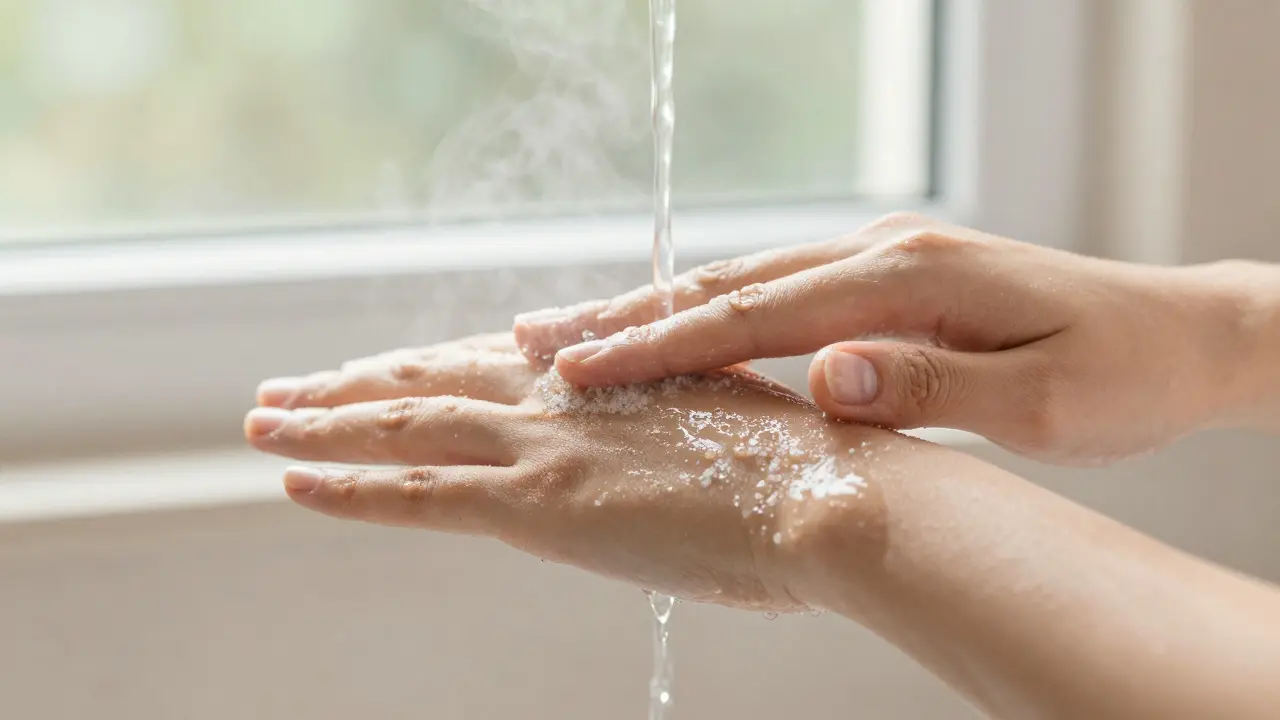Safe Massage Areas: Your Guide to Boundaries and Etiquette in Dubai Spas
Walking into a spa and wondering what’s okay to be touched can feel awkward. You’re not alone—many guests worry about crossing a line or being asked to relax in an uncomfortable spot. Below you’ll find plain‑spoken advice on which areas are generally considered safe, how to speak up if you’re unsure, and the etiquette that keeps everyone feeling respected.
What Counts as a Safe Zone?
Most reputable Dubai spas limit treatment to the back, shoulders, neck, arms, legs, and feet. These zones let the therapist work out tension without getting into personal territory. Areas like the groin, inner thighs, and breasts are usually off‑limits unless you’re getting a specific therapeutic treatment that requires explicit consent and a medical professional’s supervision.
If you’re booked for a sports or deep‑tissue massage, the therapist might need to press around the hips or lower back. That’s okay as long as they stay on the outer side of the hips and never drift toward the inner thigh. Anything that feels invasive should prompt a quick “stop” or “can we focus elsewhere?”
How to Set Clear Boundaries Before the Session
Speak up right at the front desk or during the initial consultation. A simple line like, “I’m comfortable with a full‑body massage but prefer to keep the treatment above the waist,” does the trick. Most therapists appreciate clear instructions—they can tailor pressure and positioning to match your comfort level.
If you’re unsure about a particular area, ask the therapist exactly what they plan to work on. A question such as, “Will you be massaging my hips?” signals that you care about where the hands go. The therapist should explain the technique and wait for your nod before proceeding.
Remember, consent isn’t a one‑time checkbox. If something feels off during the massage, you have the right to speak up. A quick “Could we shift to my shoulders?” keeps the session productive and stress‑free.
Most Dubai spas also provide modesty draping—just a sheet or towel covering you while the therapist works on the exposed area. If the drape feels too thin or you’re uncomfortable, let the therapist know. A good spa will pause, adjust the covering, and continue only when you’re at ease.
When it comes to tipping or post‑session chatter, keep it friendly but professional. Thank your therapist for respecting your limits; a genuine compliment goes a long way and reinforces a positive spa culture.
By knowing which zones are safe, communicating your preferences clearly, and trusting a therapist who respects consent, you’ll walk out of the spa feeling relaxed—not uneasy. Use these tips next time you book a session, and enjoy the full benefits of a massage without any awkward moments.


